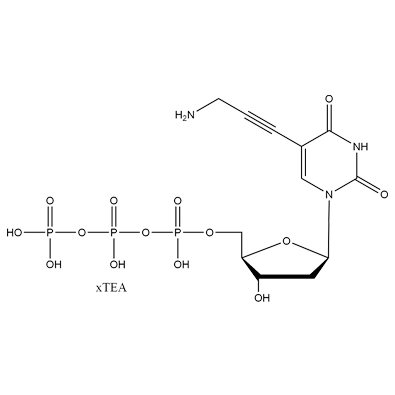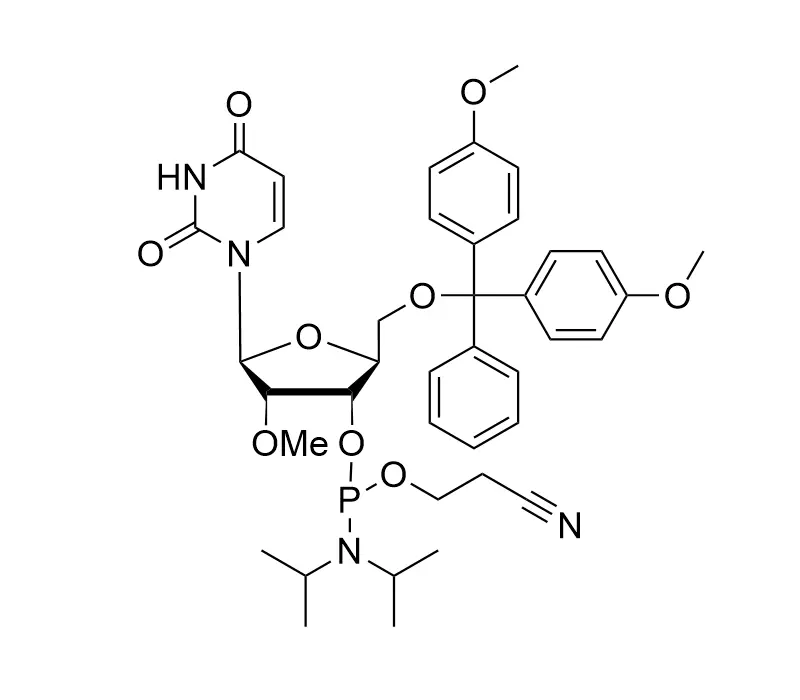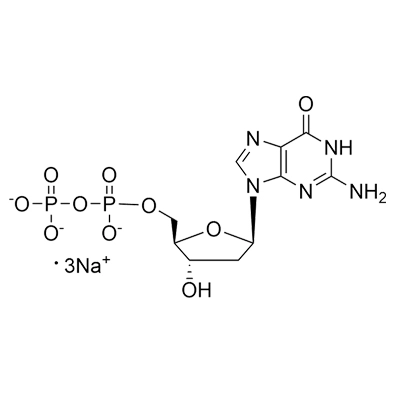The demand for new and innovative biosensors has grown significantly over the years, as these analytical tools continue to prove invaluable in various fields such as clinical diagnosis, food safety, environmental monitoring, and industrial process control. DNA-based biosensors have emerged as a promising class of biosensors that utilize DNA strands as the sensing element. These biosensors have several advantages, including high specificity, sensitivity, and stability, making them promising candidates for various applications. One critical component in the development of DNA-based biosensors is the use of the 2'-dA(Bz) Phosphoramidite.
A Critical Component in DNA-Based Biosensor Development
The 2'-dA(Bz) Phosphoramidite is a modified nucleoside that has been developed to enhance the sensitivity and specificity of DNA-based biosensors. It is a modified adenine nucleotide that includes a benzyl (Bz) group attached to the 2'-position of the deoxyribose sugar, which makes it highly useful in biosensor design. The 2'-dA(Bz) Phosphoramidite serves as a building block in the synthesis of DNA probes that can recognize specific target molecules with high affinity and specificity.
Enhanced Stability
One of the key advantages of using 2'-dA(Bz) Phosphoramidite in DNA-based biosensors is its ability to stabilize DNA duplexes. The benzyl group attached to the 2'-position of the deoxyribose sugar forms hydrophobic interactions with the neighbouring base pairs, which increases the stability of the DNA duplex. This enhanced stability ensures that the DNA probe remains intact and can bind specifically to its target molecule without any interference from non-specific interactions.
Increased Sensitivity
Another critical advantage of 2'-dA(Bz) Phosphoramidite is its ability to increase the sensitivity of DNA-based biosensors. This modified nucleotide has been shown to exhibit high fluorescence when excited at the appropriate wavelength. This property makes 2'-dA(Bz) phosphoramidite an ideal candidate for designing fluorescent DNA probes. In fluorescence-based biosensors, the binding of the target molecule to the probe results in a change in the fluorescence intensity, providing a quantitative measurement of the analyte concentration. The high fluorescence intensity of the 2'-dA(Bz) phosphoramidite makes it possible to detect target molecules at very low concentrations, making it highly useful in biosensor design.
Applications of 2'-dA(Bz) Phosphoramidite in Biosensor Design
The 2'-dA(Bz) Phosphoramidite has also been used in the development of electrochemical DNA-based biosensors. In these biosensors, the DNA probe is immobilized onto a conductive surface, and the binding of the target molecule results in an electrochemical signal. The high stability of the DNA duplexes containing 2'-dA(Bz) Phosphoramidite ensures that the probe remains attached to the conductive surface, allowing for the detection of low concentrations of the target molecule.
In conclusion, the 2'-dA(Bz) Phosphoramidite has played a critical role in the development of DNA-based biosensors. Its ability to increase the stability, sensitivity, and specificity of DNA probes has made it a valuable tool in biosensor design. The use of 2'-dA(Bz) Phosphoramidite has led to the development of biosensors capable of detecting target molecules at very low concentrations, making them highly useful in various applications.

 En
En Cn
Cn



